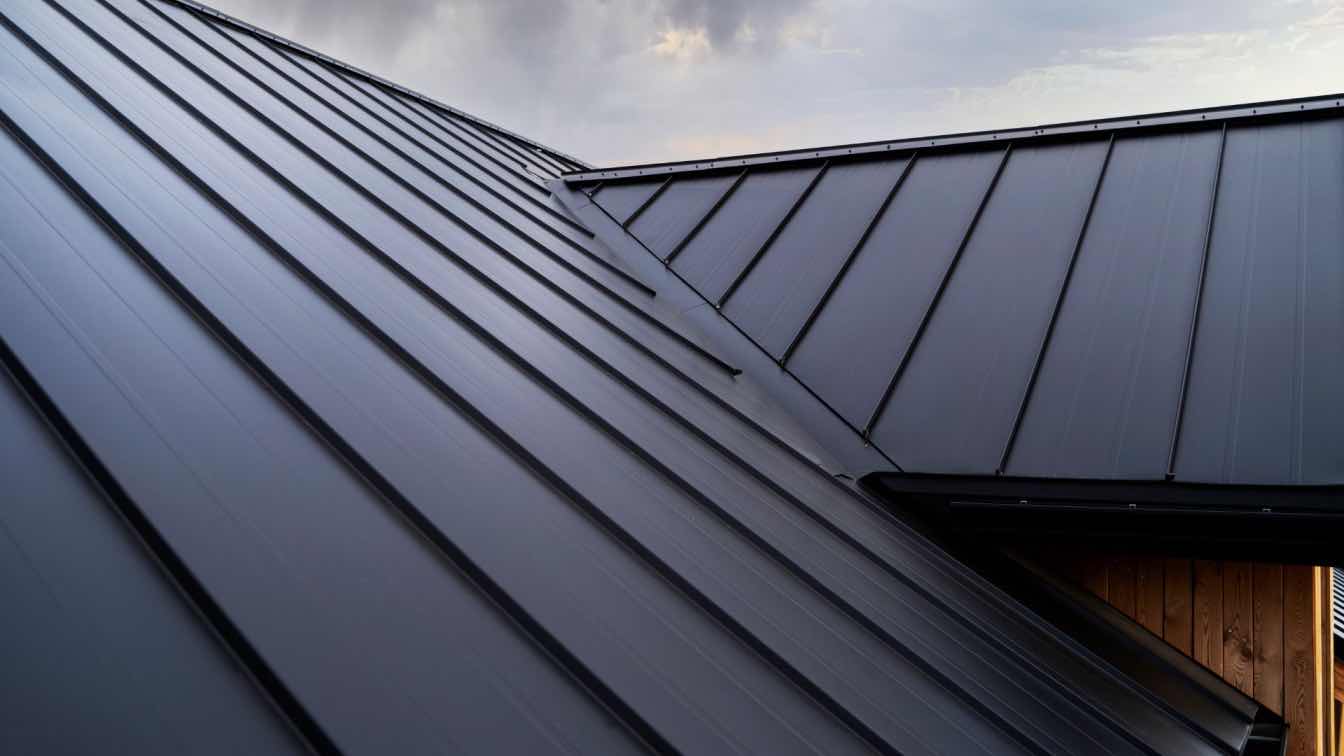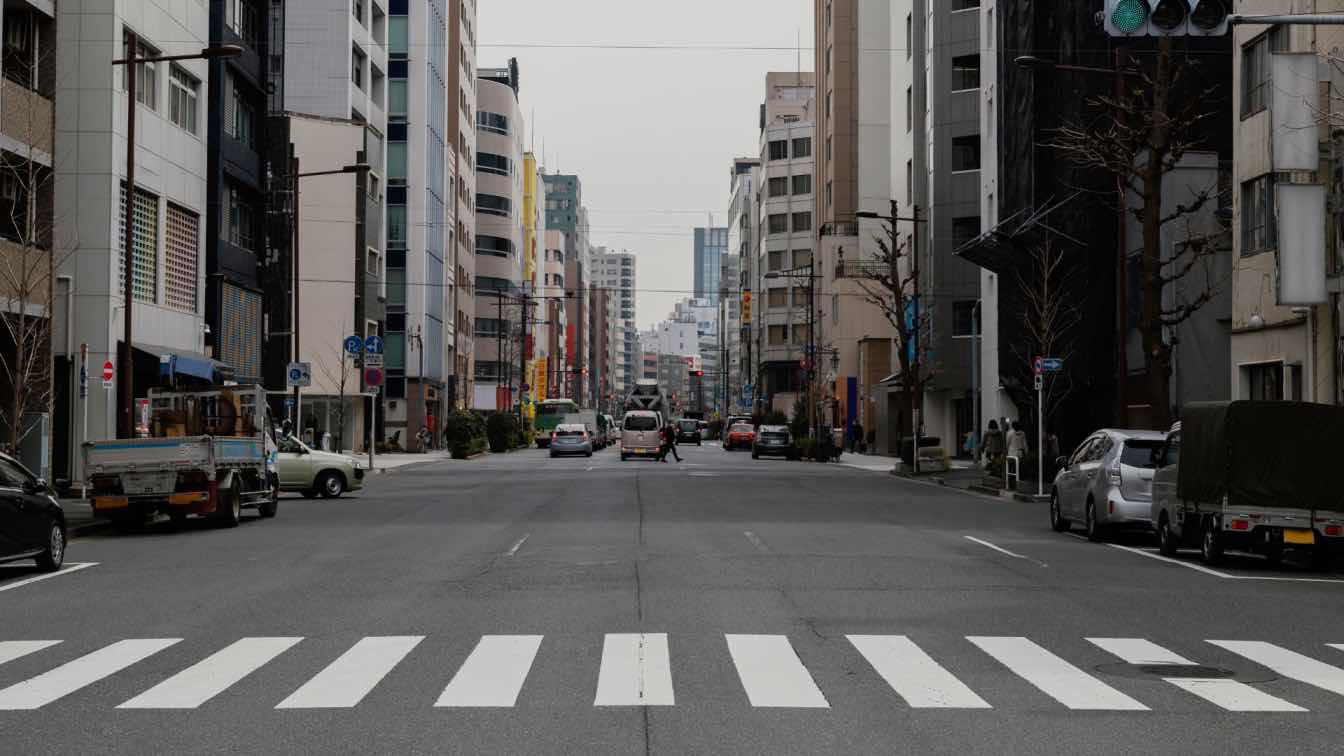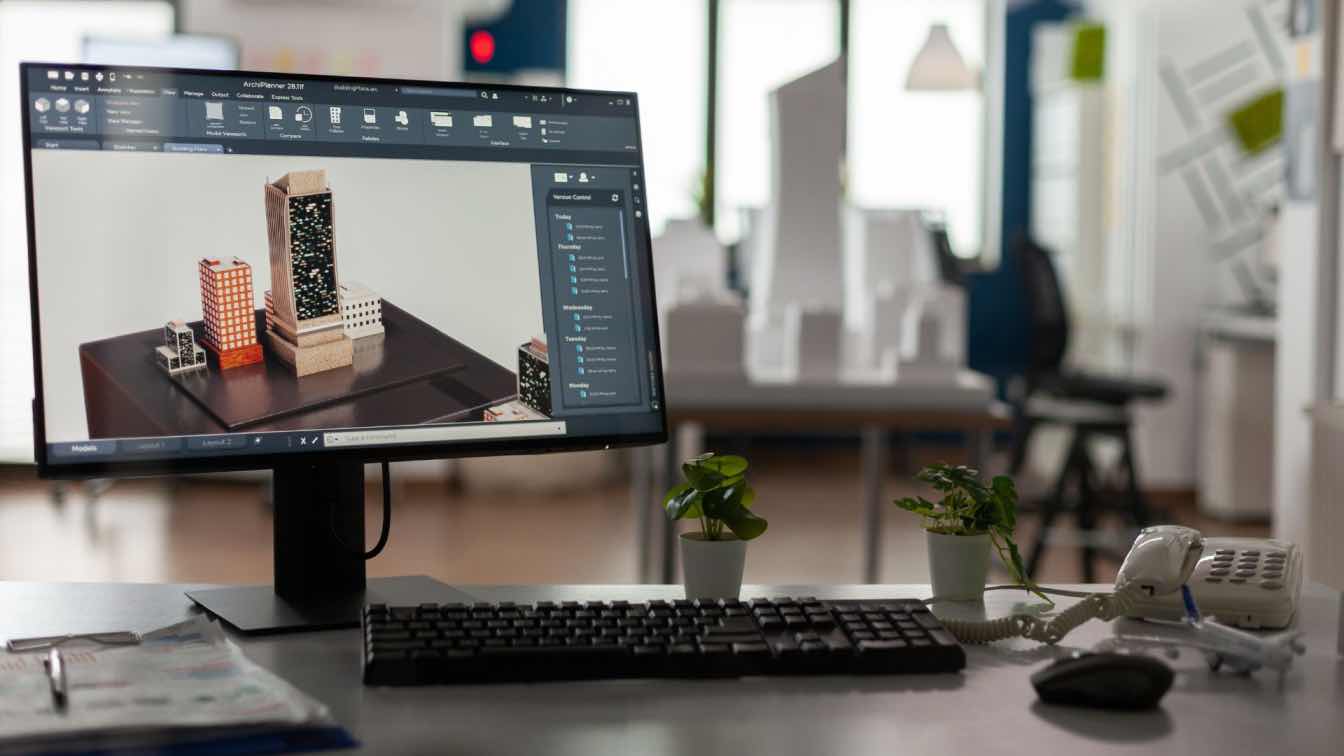Sustainable construction practices now embrace the significant benefits of metal roofing. Key highlights focus on its long-lasting durability, energy efficiency, and aesthetic versatility. Metal roofs effectively withstand extreme weather and significantly save energy through their reflective properties. Moreover, the recyclability of these roofs demonstrates a commitment to sustainable construction. This overview actively presents why metal roofing is becoming a popular choice, combining environmental responsibility with functional design in contemporary building practices.
Durability and Aesthetic Appeal
Known for its exceptional durability, this roofing option is not only aesthetically modern but also robust. It withstands environmental challenges such as extreme weather, corrosion, and UV exposure, making it suitable for diverse climates. The ability of a metal roof to retain its colour and shape over time reduces the need for frequent maintenance. With a variety of design and finish options, it suits a wide array of architectural styles, from classic to contemporary, enhancing the overall look of any building.
Inherent Strength and Longevity
Lifespan: Metal roofs boast an impressive lifespan of 40 to 70 years, significantly outlasting traditional asphalt shingles, which typically last only 12 to 20 years.
Durability against Weather: Metal roofs are engineered to withstand extreme weather conditions. They can resist wind gusts of up to 140 miles per hour, providing superior protection compared to other materials.
Resistance to Natural Elements
No Rot or Warp: Unlike wood or asphalt, metal doesn't rot, warp, or crack, ensuring structural integrity over decades.
Pest Resistant: Metal roofs are impervious to pests such as termites and rodents, eliminating the need for costly pest control services.
Cost-Effectiveness in Maintenance
Reduced Maintenance: Metal surfaces demand much less upkeep than traditional roofing. Homeowners typically see significant maintenance cost savings over the lifespan of their metal installation.
Cost and Warranty Advantages: The initial cost for metal installations ranges from $120 to $900 per 100 square feet, varying by metal type. However, the long-term financial benefits—lower maintenance, energy savings, and extended durability—often outweigh these upfront expenses. Additionally, metal options typically include long warranties, up to 50 years, reflecting manufacturer confidence and offering homeowners added assurance.
Energy Efficiency and Cost Savings of Metal Roofs
Reflective Qualities: Metal surfaces are excellent at reflecting solar heat, resulting in cooler interiors during summer months. This leads to reduced air conditioning use and potential energy bill savings of 10-25% annually, varying with local climate and energy prices.
Insulation Advantages: Metal roofing with proper insulation serves as an effective thermal barrier. It maintains warmth in winter and coolness in summer, thereby decreasing heating and cooling expenses.
Innovative Cool Technology: Certain metal surfaces incorporate cool technology, improving their capacity to release absorbed solar heat. This advancement further lowers indoor temperatures and cuts down on energy use, leading to more savings.
Long-Term Financial Gains: The upfront cost for installing metal roofing is between $120 and $900 per 100 square feet, but the investment pays off over time. With minimal maintenance requirements and a lifespan of 40 to 70 years, metal is a more economical choice in the long run compared to traditional roofing materials.
Smaller Carbon Footprint
Energy-Efficient Production: Recycling in production saves energy, leading to fewer greenhouse gases than traditional materials.
Reduced Transport Emissions: Lightweight construction requires less energy for transport, thus reducing emissions.
Durability and Resource Efficiency: Longer-lasting materials mean fewer replacements, lowering the need for new production and its emissions.
Advanced Cooling Technology: Special coatings on these constructions reflect sunlight and absorb less heat, helping cool buildings and cities, and cutting down air conditioning use and greenhouse gas emissions.
Enhanced Resilience and Safety
Metal construction is recognized for its safety and durability in the building industry, offering protection for structures and occupants.
Weather Resistance: Metal withstands harsh conditions like snow, rain, and winds, requiring fewer repairs and proving reliable in any climate.
Fire Resistance: Offering excellent fire resistance, metal is crucial in areas prone to wildfires or lightning.
Pest and Rot Resistance: Resistant to pests, rot, and mould, metal lasts longer with minimal maintenance.
Eco-Friendly and Recyclable Roofing Solutions
Metal roofing stands out in modern construction for its environmental sustainability. New panels often include up to 40% recycled steel and, after their lengthy service, can be fully recycled into new products. This cycle virtually eliminates their landfill impact.
Substantial Recycled Content: Metal roofs are notable for their high percentage of recycled material, typically between 25% and 95%. Using recycled components significantly reduces the environmental footprint by cutting down on the demand for virgin materials.
Fully Recyclable: They offer the advantage of being completely recyclable, thus not contributing to landfill waste. This capacity for total reuse supports sustainable building practices and lessens the need for new resources.
Variety of Sustainable Materials: Available in materials like aluminum, steel, copper, and zinc, each with distinct recycling advantages, they play a key role in promoting a circular economy in the construction industry.
Aesthetically Adaptable Roofing: As well as being environmentally friendly, metal roofs come in a variety of styles and colours, allowing them to blend seamlessly into the exterior of the home and surrounding landscape.
Aesthetic Flexibility of Metal Roofs
The versatility of metal roofing extends beyond functionality, offering a wide range of styles and colours. This variety allows for perfect coordination with a home's exterior and landscape.
Diverse Styles and Colours
From classic corrugated to modern sleek designs, the style options are extensive. The colour palette is equally broad, enabling homeowners to find the ideal match for their property.
Customization
These roofs can be shaped to fit unique architectural features like curved contours, providing great creative flexibility. Such adaptability ensures the roof enhances the building's overall aesthetic.
Textures and Finishes
Beyond shape and colour, various textures and finishes are available. Options range from glossy to matte, and even textures mimicking tiles or shingles, offering a tailored appearance.
Enhancing Property Value
Combining durability, safety, and aesthetic appeal, these roofs are attractive to potential buyers. They add to property value, making them a prudent choice for homeowners.
Summary
In conclusion, metal roofs represent a paradigm shift in sustainable building materials, combining practicality with environmental stewardship. Their long-lasting durability, energy efficiency, eco-friendly nature, and aesthetic versatility not only make them a wise investment for homeowners but also a significant step towards a more sustainable future. By choosing metal roofs, individuals contribute to a greener planet, enjoy long-term savings, and enhance the safety and beauty of their homes, making them an exemplary choice in modern roofing solutions.





